Starfield listing an SSD in its system requirements is a bit of a shocker. No other game I can think of doesn’t also have a hard drive requirement. Ratchet and Clank: A Rift Apart‘s minimum specs “recommend” one, and they’re only required in the recommended reqs. So why does Starfield need an SSD on PC, and what kind should you get if you plan to play the game on PC? We’ll answer that here.
Starfield Needs an SSD Because of Its Scale
Put extremely simply: Starfield likely needs a solid-state drive (SSD) because it will be streaming massive amounts of data from the game to your screen. A hard disk drive (HDD) doesn’t have the horsepower to move the megabytes per second of high-resolution assets (planets, enemies, space debris, etc.) that an SSD can.
Related: Starfield System Requirement Details
Put another way, at any point, Starfield might need to output 200 megabytes of data in a single second. In that single second, there might be a fully-rendered planet or two in the distance, more than a dozen enemy ships all moving at once (that have both a physical presence in the game world and constant AI needs), as well as your ship’s cockpit, character’s hands, and everything in between.
An SSD can easily handle that kind of load, as they have a data write speed of at least 600 MB/second. Even the top-of-the-line HDDs can only manage around 120 or so, on average, and the range goes from 80-160 MB/second depending on the disk spin speed, age, and other factors.
Additionally, Starfield is a current-gen-only game available on the Xbox Series X|S, too, which has high-quality SSDs pre-installed. That means that, during development, Bethesda probably quickly ruled out using HDDs, deciding that the massive data streaming potential of the SSDs inside the latest consoles overruled any desire to stick to legacy hardware like the Xbox One.
How Much Space Does Your SSD Need for Starfield? How Much Do They Cost?
Bethesda says Starfield will take up a whopping 125 gigabytes (GB) of space, so you’ll want an SSD with at least double that at around 250 GB. Thankfully, not only do most modern SSDs have much more space, you aren’t paying a premium to have them either. If you have a bit of extra cash, a $120 SSD from Samsung, Solidigm, or Western Digital can get you a nearly top-of-the-line m.2 internal SSD with at least 1 terabyte (1,024 gigabytes) that fits in most motherboards made in the last five or six years.
There are also more budget-minded internal SSDs that connect either with m.2 or a standard SATA cable (the same kind HDDs use) that run as low as $50, and they aren’t hard to find on newegg.com or Amazon. If your PC doesn’t have an m.2 slot on the motherboard and you don’t want to deal with the internals, you can get an external SSD that connects via USB for as low as $60.
And that’s why Starfield needs an SSD on PC. Don’t expect the trend Starfield started to stop at this point. More games are being made exclusively for PS5 and Series X|S, leaving the older generations behind. As such, more of them will rely on the advanced SSD tech in both consoles, meaning your PC will need to get some upgrades to keep up. For more information on Starfield and what is bound to be an absolutely enormous game, keep tabs on our Starfield guides hub.

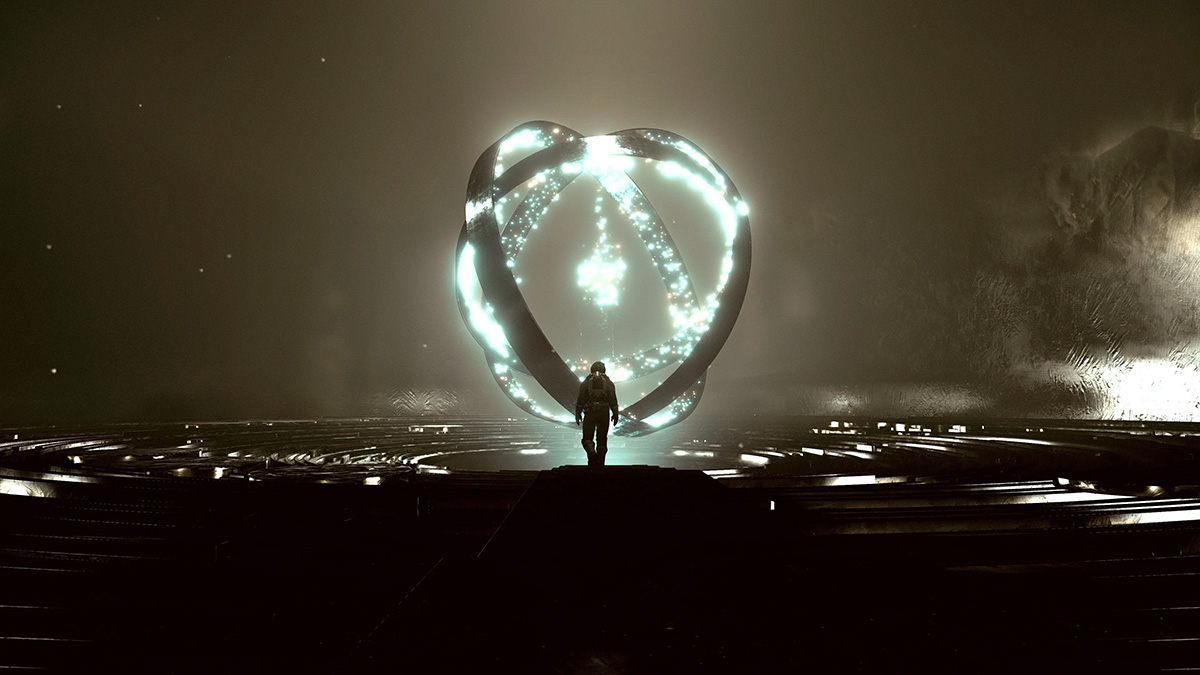
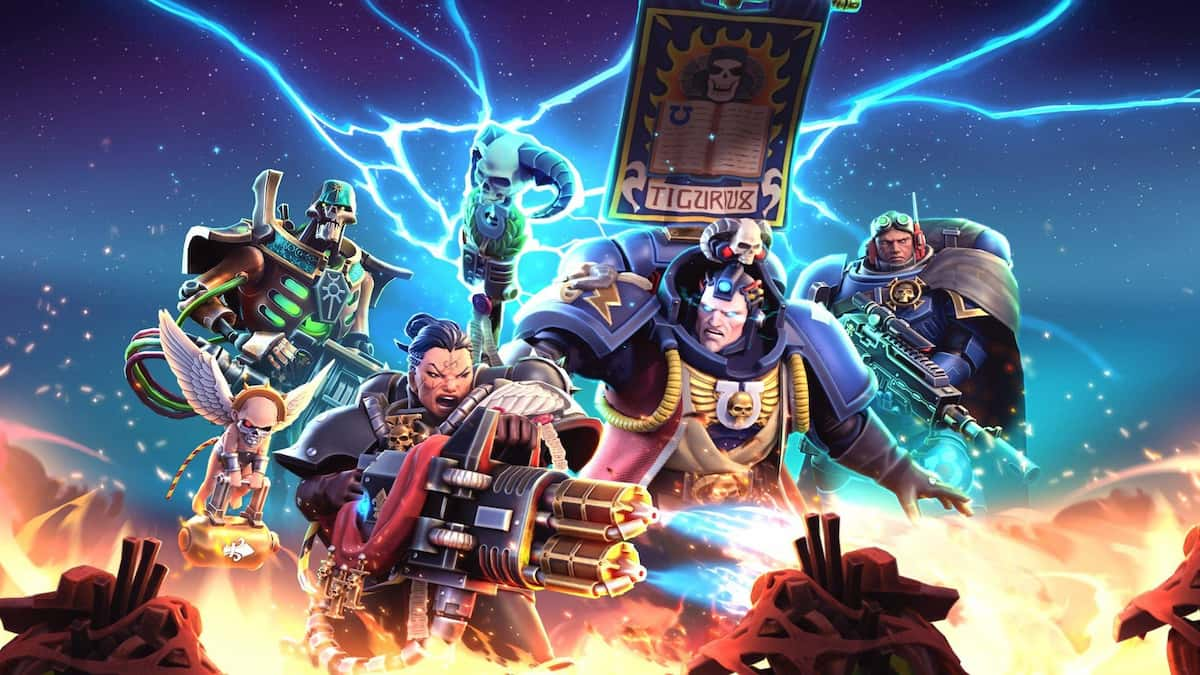
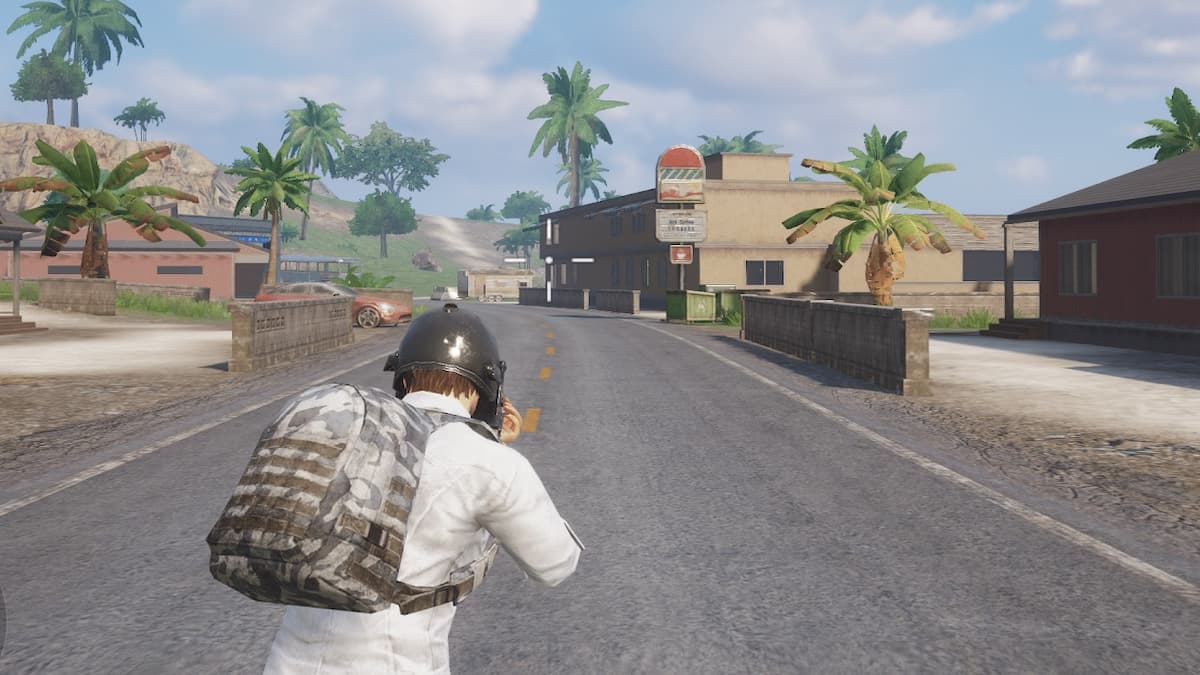
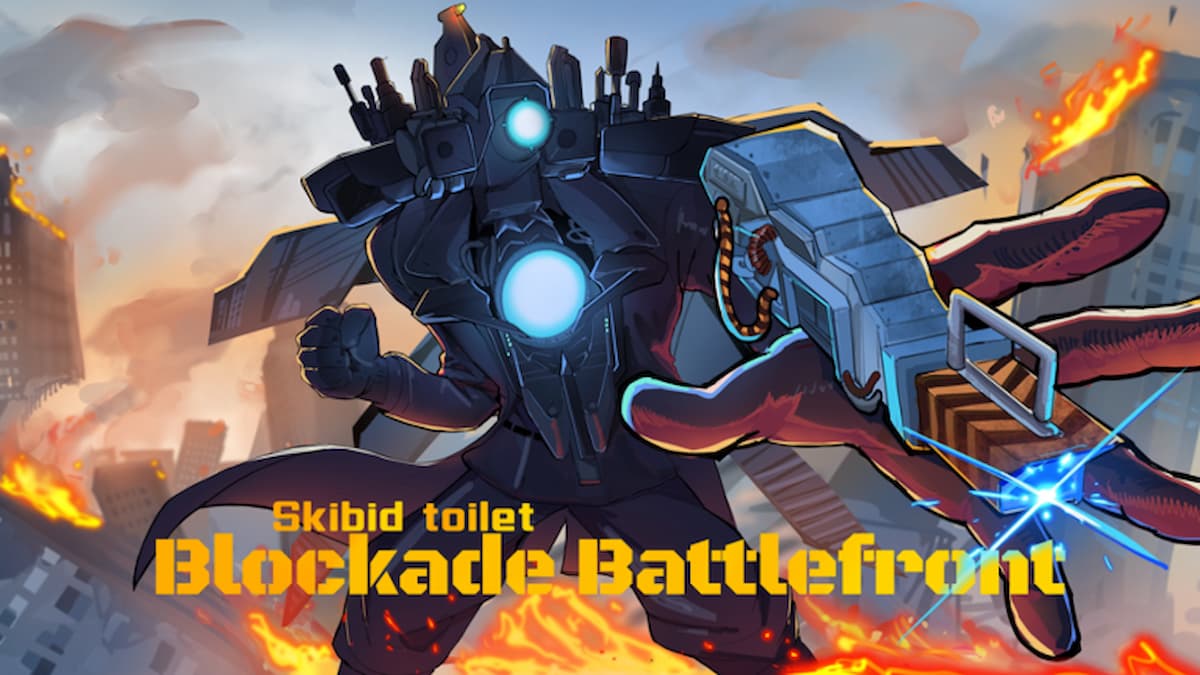

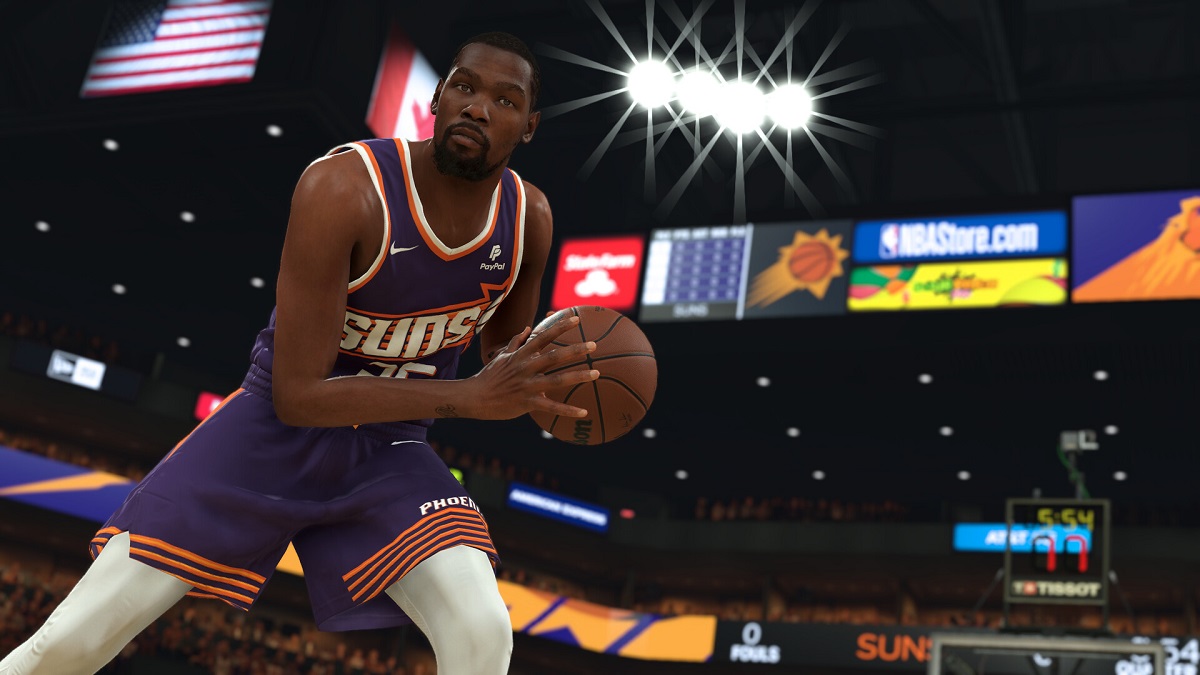
Published: Aug 4, 2023 01:21 pm